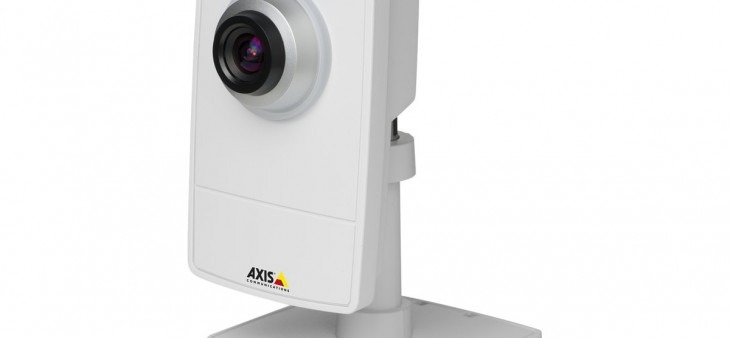
Traditional video surveillance gets a makeover with edge storage, placing data at the network’s edge for faster response, redundancy, and easier access.
Key Takeaways:
- Store audio/video recordings on-site at the edge of your network.
- Internal SD cards or external devices are typical storage options.
- Edge storage can back up your central storage for redundancy.
- View video directly from the edge storage device with compatible software.
- Avoid repeatedly transferring video files to a central location.
Q: What is edge storage?
A: Edge storage is the practice of storing audio and video from a surveillance camera at the edge of a network, typically on an internal SD card or a directly connected external device.
The practice of edge storage is storing audio and video from a surveillance camera at the edge of a network, usually on an internal SD card or a directly connected external device. With video edge storage, recorded video is dispersed among separate devices. This storage method can also support redundancy, with the edge device acting as a backup to the central storage location. Compatible software can allow viewers to watch video directly from the edge storage device. Edge recordings also allow users to avoid repeatedly moving video files to a central network storage location.
What’s Recording at the Edge of a Network?
In terms of video surveillance systems, recording at the edge describes recording video independently of the network. In this case, video will be recorded on a decentralised storage device, a process that does not put any demands on network bandwidth. Recording to an SD card or external hard drive can eliminate the need for a digital video recorder or a network video recorder (NVR) in limited scope applications. To initiate a recording at the edge of a network, a memory card could be inserted into a camera that is connected to the network via Ethernet cable. Recording profiles could then be set up through the network.
Edge Storage Devices Include Camera SD Cards
Video camera SD cards are types of edge storage devices. This A/V storage method frequently involves setting up video to record on standard or micro SD cards. The card must be compatible with network camera specifications to achieve recordings without data loss. Edge recording may be set up to occur during specific time periods.
